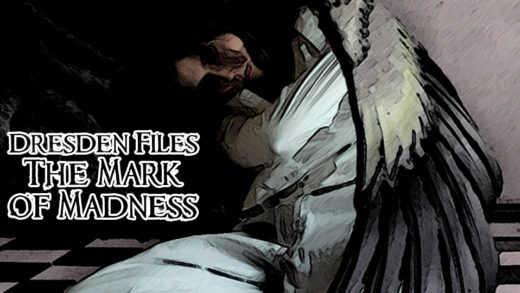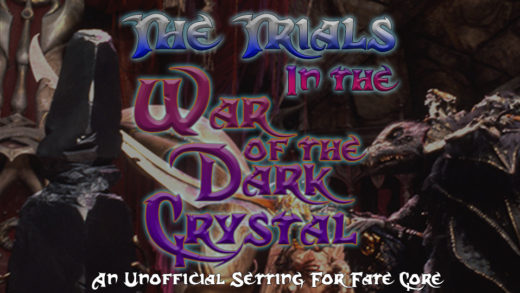I’ve been spending much of my limited free time writing scenarios and adventures for upcoming campaigns and one-shots. As I prepared a particular one-shot scenario for World War Cthulhu, I realized that almost every adventure I’ve GMed I have also written.
I have been Game Mastering for about thirty years now. Even in my teens I tended to create my own adventures and maps for games like (but not limited to) Dungeons & Dragons, Teenage Mutant Ninja Turtles, Villains & Vigilantes, and various home-brew systems. Most of my friends, when they ran a game, similarly eschewed published modules. We might have drawn inspiration from various sources, but the games we ran were our own. This was due to a combination of small amount of published adventures available, limited funds to purchase scenarios, and a desire to play exactly what we wanted.
Of course, with the exception of crafting dungeon maps, most of us tended to wing it when running the table. A GM might have a general idea of what they wanted to do for a story but would let the players act on every impulse. This freedom of agency in my formative gaming days shaped a lot of what I desired and expected out of a game. Most of the groups I’ve played with since then also forged their own path away from published scenarios and many of my GMs have been similarly loose with their plans when running an adventure—have a general plot, idea, or hook and let the player characters loose.
When crafting a campaign, I’d come up with themes and core plot points but rarely spent more than two paragraphs on a given scenario within the campaign. I wanted to let the players figure out their desired way to approach a provided conflict and over-planning for eventualities often meant I’d end up frustrated or caught flat-footed if the characters found an option I hadn’t considered.
For convention play and now that I’m providing adventures for this site, I do tend to detail out a session’s adventure more than I would in other circumstances. But, at the table, I make sure I treat those write-ups a little more than an idea of options and continue to improvise on the fly.
I suppose my method and the method of most of my groups is why I have a difficult time with organizational play. Pathfinder/Starfinder Society, D&D Adventure League, Shadowrun Missions, et al… they all seem to limit play styles and options (more on that in a future column). Running published adventures also often means players are being read to, which can feel flat and sometimes boring. It takes a lot of pre-reading and a savvy GM to work within the constraints of a published adventure and make it feel more alive. Running pre-published adventures has not been a skill I’ve acquired. Unfortunately, it seems to be a difficult skill to learn.
This is not a complaint about those who write or use published scenarios. It’s an extremely valid playstyle and is often less uneven than writing one’s own. Published scenarios have typically gone through the rigor of playtesting to ensure balance—which can be especially useful in combat or heavy challenge-related adventure.
But, for me, there’s a certain joy in writing my own adventures. It means I can take inspiration from a number of sources and bend genres. Writing my own scenarios prompts me to research and learn new things as I craft new challenges for the players. And, by not over-plotting I can react swiftly to player ideas.



Recent Comments